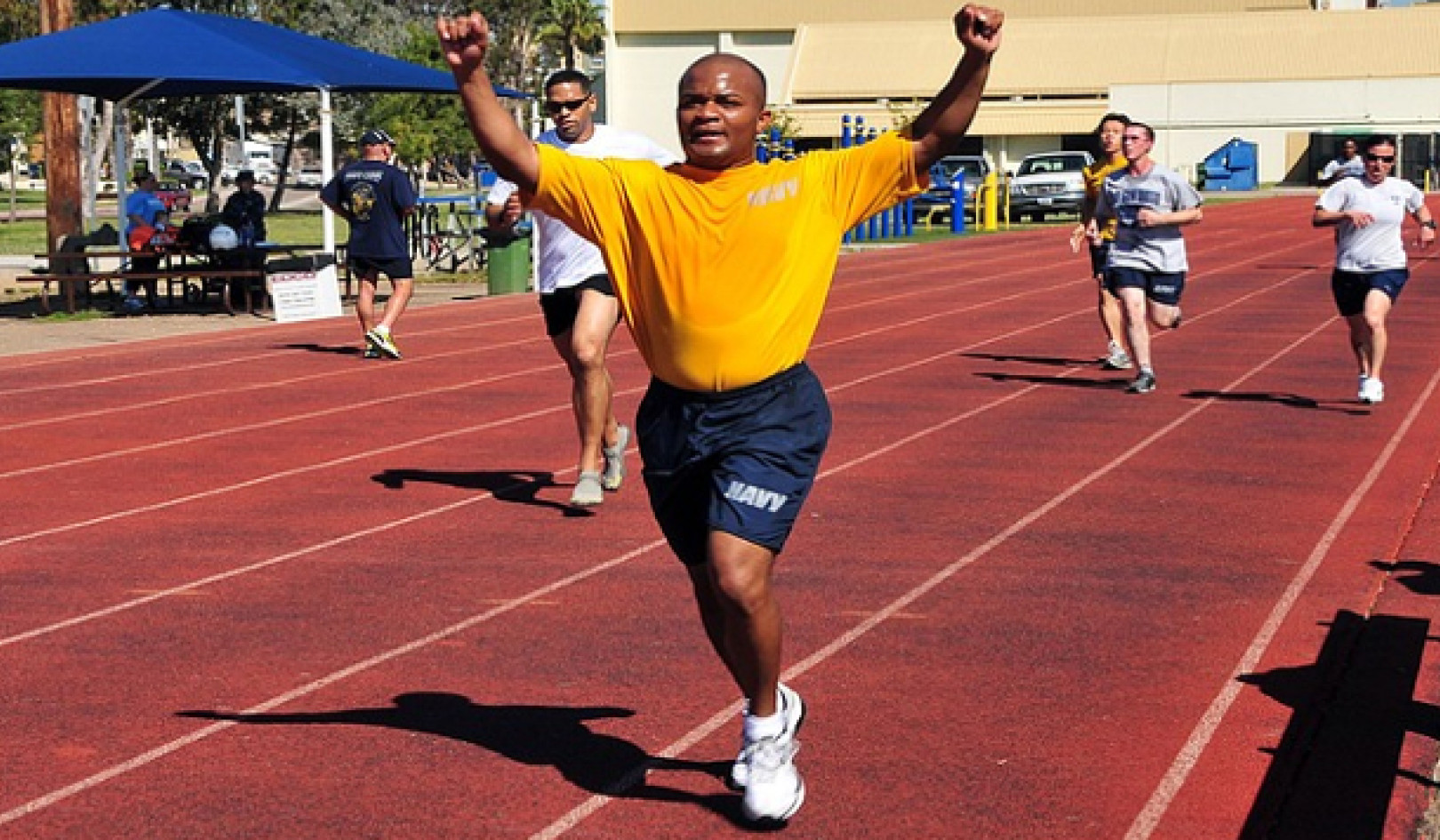Co-meditation, shared breathing, is not a cure but a way to relieve psychic suffering. Co-meditation is based on the principle that a certain mode of respiration evokes a particular state of mind and vice-versa. The power of the breath and the breath-mind relationship has been recognized for centuries by many cultures and religious traditions. Like other forms of meditation, the deep abdominal breathing produced by co-meditation affects the hypothalamus gland, which controls the autonomic nervous system, reducing heart rate, respiration, temperature, blood pressure, anxiety, and stress. It may also lessen pain.
The meditation process induces
a deep state of relaxation...
Co-meditation has been performed for centuries by Tibetan priests and physicians to clear and quiet the minds of dying lamas. Through "cross-breathing" the lamas easily enter a meditative state which calms the terror and stops the racing mind that so often accompany illness and death. The use of the co-meditation process in hospices and palliative care units has allowed patients and loved ones to maintain "clear mind and peaceful heart" through the life-death transition.
Breath-Mind Connection
This ancient and profound procedure requires no belief system or previous experience. It is offered as a deep physical and psychological relaxation practice prior to and during the dying process. Adapted from an authentic medical procedure, the method can be used by anyone, sick or healthy, who wants to slow down their spinning mind and achieve serenity.
How It's Done
Co-meditation begins with traditional relaxation exercises, starting with the toes and continuing upward to the top of the head. The patient lies comfortably with the eyes closed; he or she simply listens and breathes. After the meditator (or patient) becomes deeply calmed, the co-meditator (or guide) recites a soothing phrase or word or a mantra chosen by the meditator, on each exhale. Following a guide's voice helps avoid outside distractions allowing the meditator to reach a deep meditative state very quickly. The process slows respiration and pulse rate, lowers body temperature and blood pressure, releases anxiety and reduces pain. The effects of a co-meditation session can last hours or days and doesn't require a trained professional. An added benefit is that it allows the caregiver — family member or friend — to feel useful during the difficult period leading into death.
How It Helps
Hulen Kornfeld, R.N., director of the Learning Center for Supportive Care in Lincoln, MA, uses co-meditation in special instances. For example, an older woman she was treating became terrified of an upcoming angiogram because she had once gone into cardiac arrest during a similar procedure. Kornfeld used co-meditation to calm the woman, and when she was in a deep meditative state, she had her visualize a problem-free test and full recovery. After the procedure, her patient said, "What wonderful thing did you do for me? I wasn't frightened at all." Another patient, who was dying, had terrifying nightmares that disturbed his sleep — he literally saw himself in the grave, hounded by demons. During co-meditation she led him through a visualization where he went into the dream and towards a light where, Kornfeld assured him, he would be safe. He slept, uninterrupted, for six hours.
Mary Bosley, board member of the Cape Cod AIDS Council and chairperson of its Mental Health Services Committee, has seen how co-meditation helps clients and families. "Co-meditation has proved to be a very powerful tool in recovery. It has gotten patients and families through some of the times that everyone with this disease faces."
Dying In Peace
Through his work at the First Unitarian Congregation in Toronto, Richard Martin teaches meditation and helps those who are terminally ill. He first used co-meditation with his wife, who died of cancer in 1987. Her death, he says, was very peaceful. "Co-meditation introduces a state of bliss and euphoria before death occurs. Like a road map of the ultimate journey, it shows you where you are going. It has been used for countless generations in Tibet to eliminate the fear of death. When you're no longer afraid, you can release and let go peacefully."
Physiologically, Martin explained, co-meditation is helpful because it reduces the need for oxygen.
"In the last stages of dying, the lungs often fill up and the person dies of congestive heart failure," he said. "The meditation process induces a deep state of relaxation, slowing oxygen requirements. It is a way to die in peace, joy, harmony, and dignity, without drugs or euthanasia. It is the most loving gift you can give to anyone."
 Recommended book:
Recommended book:
Meditations - Creative Visualizations & Meditation Exercises to Enrich Your life
by Shakti Gawain.
About the Author
Olivia H. Miller, owner of OhmWorks, Inc., has been a freelance feature writer since 1983, focusing on issues dealing with alternative ways to maintain our physical, emotional and spiritual health both individually and in our primary relationships. She has interviewed healers, writers and educators such as Dr. Bernie Siegel, Dr. Joan Borysenko, and Rabbi Harold Kushner. Her articles have appeared in numerous publications including the Boston Globe, Boston Woman, Cape Cod Times, Cape Women, New Age Journal, Spirit of Change and Yoga Journal. Olivia has been a student of yoga for over 25 years. The above was an adaptation of her original article, first published in "The Quest Magazine", 1991. Olivia can be reached at: 115 Blue Rock Road, South Yarmouth, MA 02664. Visit her website at www.ohmworks.com























